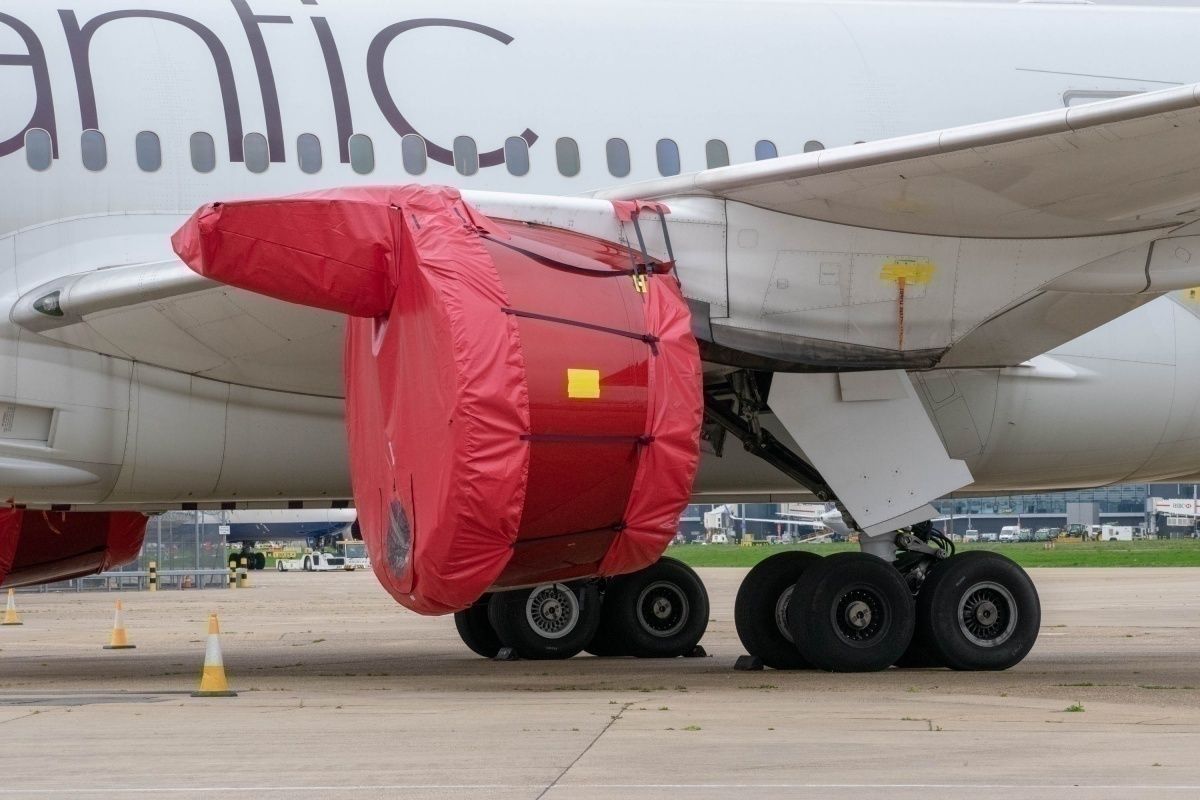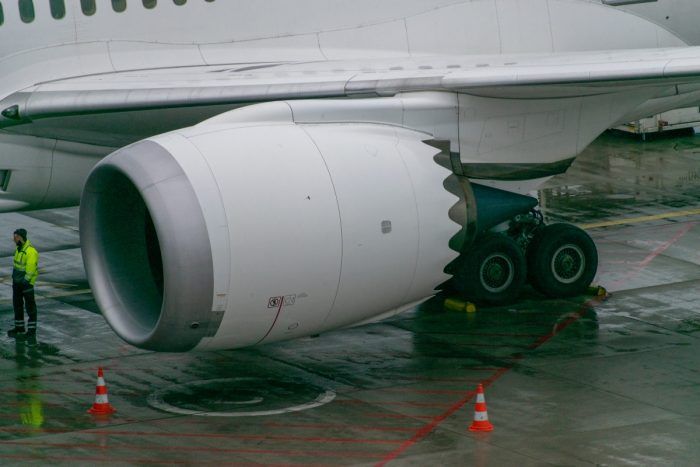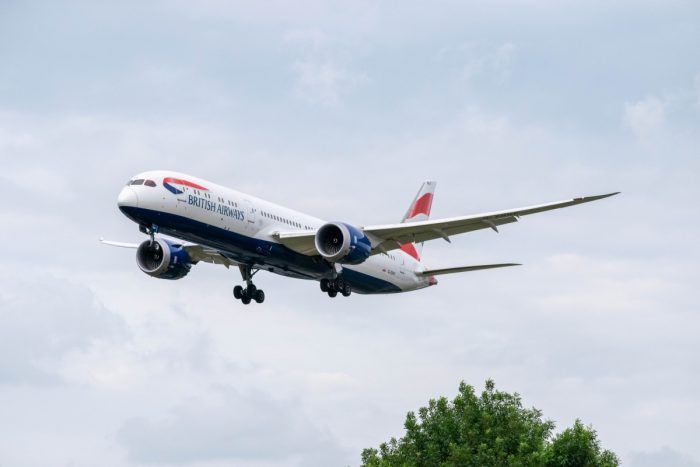EASA, The European Union Aviation Safety Agency, has issued an airworthiness directive regarding Rolls Royce Trent 1000 engines. The airworthiness directive instructs operators to swap their Trent 1000 engines around the fleet dependant on age.
The Trent 1000 engine series didn't have the best of years in 2019. In fact, the engine hit the headlines a fair few times for a variety of reasons. A number of Boeing 787 aircraft received significant downtime as their engines were repaired. In turn, this led to carriers having to fill gaps in capacity. While Virgin extended the life of its A340s, British Airways wet-leased A340s.
What's the latest?
According to the airworthiness directive, a number of Trent 1000 engines have been experiencing surges. The directive states that this has particularly affected engines which have experienced more use. These have more flight hours and engine cycles. Rolls Royce is reportedly still investigating the cause of these occurrences.
EASA's airworthiness directive suggests that there is a possibility that both engines could surge, resulting in a dual engine failure. If this were to occur, the aircraft would be left with no power to keep it in the skies. This, in turn, could have devastating consequences for both those on the ground and in the skies.
A Rolls-Royce spokesperson told Simple Flying:
Due to a higher than expected rate of engine surge events on a limited population of engines, we are taking action to ensure the continued operation of this fleet. This action has been agreed with EASA and is now mandated in an airworthiness directive while we further investigate root cause. We will work closely with customers to support any changes to service management this may require.
So, what's the solution?
EASA has shared a solution to the potential issue through an airworthiness directive. Instructions for completing this have come from Rolls Royce in the form of a Non-Modification Service Bulletin. This has instructed 787 operators to "de-pair" their engines. But what does that mean?
In essence, the point of de-pairing engines is to try and remove any commonality that may exist between an aircraft's pair of engines. The risk of engine failure appears to be tied to the age of the aircraft's engine. This principle is at the center of the airworthiness directive.
Rolls Royce's non-modification service bulletin instructs operators to put engines with different ages on a single aircraft. The thought is that if an older engine does fail, for whatever reason, it would have a younger engine as a back up to get you down to the ground safely. This is as the issue is thought to be more prevalent in older engines. As a result, it is possible that one aircraft with two older engines could suffer a dual engine failure.
According to Flight Global: "Trent 1000s with over 24,000h or more than 8,000 cycles cannot be paired with a similar engine, but can be paired with engines which have fewer than 17,000h and 5,500 cycles." When the airworthiness directive goes into force, operators will have 30 days to make the necessary changes.
What do you make of the Trent 1000 airworthiness directive? Let us know your thoughts in the comments!



